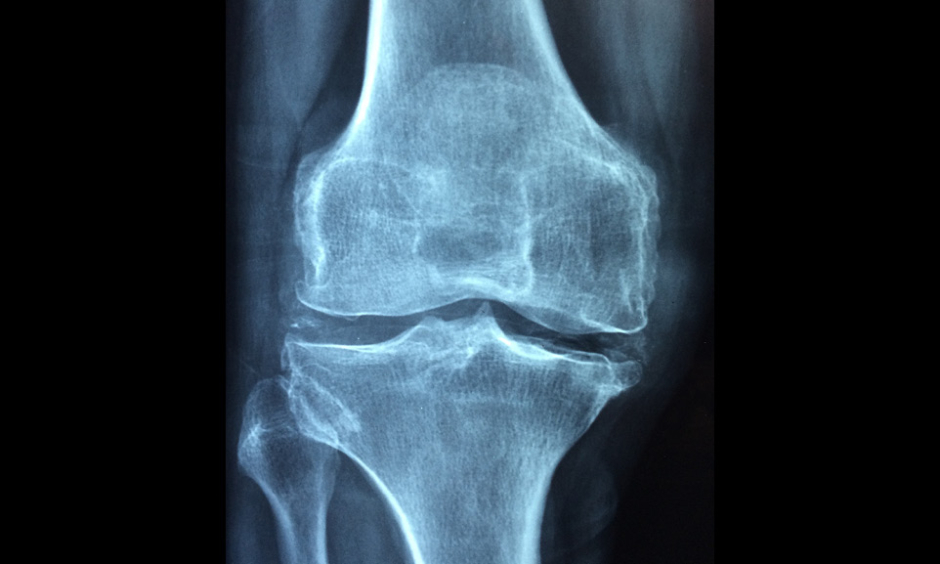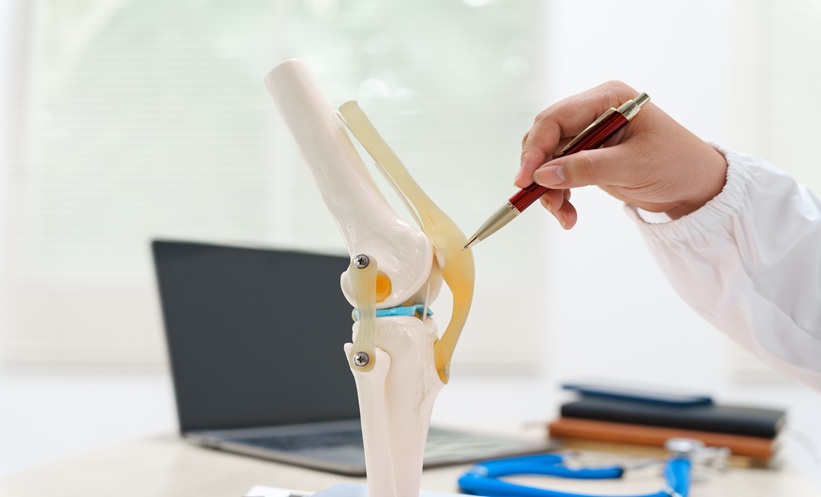OSTEOPOROSIS and fracture risk could be predicted early on through a genetic screen, following the discovery of 899 regions in the human genome associated with low bone-mineral density, 613 of which were newly identified. The study, conducted by a researcher from Stanford University, California, USA, could enable early interventions to be made for people who have a high likelihood of developing these issues later in life.
Predicting Risk
Roughly 2% of participants in the study were deemed to be at high genetic risk of having low bone-mineral density. These individuals were found to be 17-times more likely to develop osteoporosis and two-times more likely to experience a bone fracture during their lifetimes.
“There are lots of ways to reduce the risk of a stress fracture, including vitamin D, calcium, and weight-bearing exercise”, commented study author, Prof Stuart Kim, Stanford University. “But currently there is no protocol to predict in one’s 20s or 30s who is likely to be at higher risk, and who should pursue these interventions before any sign of bone weakening. A test like this could be an important clinical tool.”
Prof Kim believes that measuring individuals’ genome sequences to find out who may require further tests or early intervention could become the standard of care in the coming years. Currently, bone-mineral tests are generally only performed on those who have a family history of the condition or who have recently experienced a fracture from a simple fall.
Study Method
Previous research has indicated that genetic factors may affect the chances of later onset of osteoporosis. To precisely identify the areas of the genome involved in this risk, data on bone-mineral density, age, height, weight, sex, and genome sequences of nearly 400,000 people from the UK Biobank were analysed. A computer algorithm was then created to identify genetic variations in people with low bone-mineral density.
This method outlined 1,362 independent differences, or single-nucleotide polymorphisms, that correlated with low bone-mineral density. Finally, using a machine learning technique, a score was assigned to each of the participants to display their personal risk of having low bone-mineral density.
Further Studies
Prof Kim is now planning to investigate whether bone-mineral density can be increased using simple preventive measures in elite athletes and select members of the military found to be at high risk of osteoporosis and fracture.
James Coker, Reporter
For the source and further information about the study, click here.








